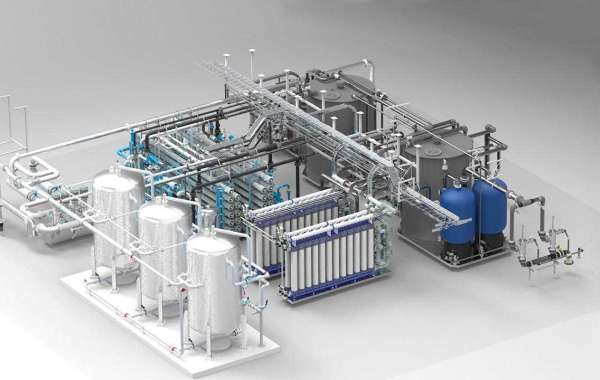Silane coupling agents of pretreatment filler method
Put the filler into solid mixer (high speed solid mixer HENSHEL (Henschel) or V solid mixer, etc.) and spray the above silane solution directly on the filler and stir, the higher the speed, the better the dispersion effect. Generally stirring in 10 to 30 minutes (the slower the speed, the longer the time), and the filler should be dried at 120 degrees Celsius after treatment (2 hours).
Silane coupling agents of aqueous solution
(Glass fiber surface treatment agent): Glass fiber surface treatment agent often contains: film-forming agent, antistatic agent, surfactant, coupling agent, water. The amount of coupling agent is generally 0.3%-2% of the total amount of glass fiber surface treatment agent. 5 times of aqueous solution is firstly adjusted to a certain PH value with organic acid or salt, and then silane is added until it is transparent with sufficient stirring, and then the rest of the components are added. In the process of drawing, spray the glass fiber surface treatment agent on the glass fiber to dry and remove the solvent and water.
Silane coupling agents of bottom surface method
The 5%-20% solution of silane coupling agent is used as described above to treat the surface of the substrate by coating, brushing or spraying, and then dried at room temperature for 24 hours, preferably baked at 120℃ for 15 minutes.
Silane coupling agents of Direct addition method
Silane can also be added directly to the filler/resin mixture. When resin and filler are mixed, silane can be sprayed directly into the mix. The amount of coupling agent is generally 0.1% to 2% of the filler amount, (depending on the filler diameter size). Then the resin/filler with silane added is molded (extruded, compression molded, coated, etc.).








